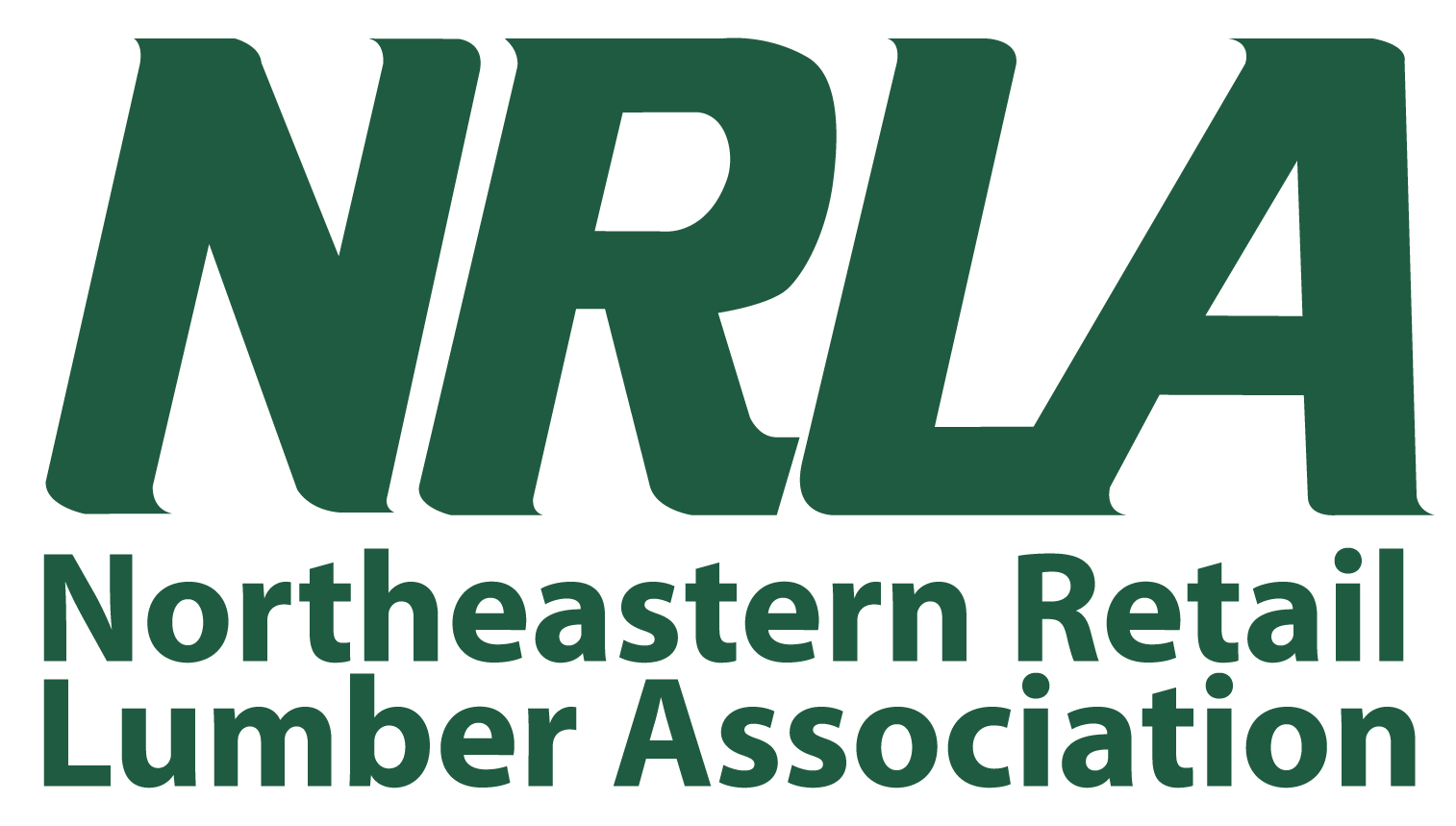Lumber prices have been on a rollercoaster since the start of the pandemic in 2020, and supply chains have been in disarray almost since the beginning of it. The lumber industry was caught off-guard by the pandemic boom for DIY projects and home renovations, but now, inflation, transportation costs, and higher mortgage rates are reducing demand for new home construction and extensive remodels. What’s next and how do retail lumber dealers plan for supply chain tangles other than buckling up for a continued wild ride?
What Caused Supply Chain Issues?
One problem didn’t cause global supply chain issues. While the first supply wave crash was the regional lockdowns at the beginning of the pandemic in 2020, more problems have emerged, including:
- Demand fluctuations that result from varying views of the economy, as some builders fear recession and others race to remodel as new home construction wanes in the face of increased interest rates
- Raw material and component shortages from continued labor shortages and transport issues, including the ongoing truck driver scarcities
- Manufacturing capacity issues brought on by labor shortages and disrupted global fulfillment (particularly if you’re trying to get Baltic birch, which, as you know, comes from Russia and Ukraine)
These problems have resulted in higher prices and worker distress, which resulted in essential workers quitting or retiring from their jobs, which restarts the cycle by causing more labor shortages.
How Do We Resolve Supply Chain Issues in 2023?
While we’ve found ways to live in a world with COVID-19 and the grim reality of far-away war, we haven’t resolved many of the issues causing supply chain disruptions. Within the U.S., almost all retail lumber dealers are back in operation (if they didn’t close permanently), although many still have labor shortages. So, what can they do to improve, replace, or work around supply chain disruptions?
Taking the First Step for the Short-Term
Start by prioritizing key products, and use that prioritization to inform all your supply chain and labor issues. Acknowledging that segmenting your fulfillment process is a temporary measure, consider value and risk, and include your cross-functional stakeholders in the decision-making. Once you prioritize your own company’s processes, you can work with your suppliers to move some supplies to the “must-have” category and defer other supply lines.
Using segmentation as a model requires assessing operational, commercial, and financial parameters, such as lead time, margin, demand variability, profitability, capacity, and service levels. By doing so, you have a holistic view of product priorities. Once in place, this plan will change your procurement, production schedule, and customer service directives.
Long-Term Supply Chain Solutions
The pandemic taught us that supply chains aren’t as secure as we once thought. Sometimes what we think is the most cost-effective solution can turn into a costly error. Supply and demand can change quickly, and being better prepared to protect supply chains needs to be prioritized. What is the best solution?
1. Make People a Priority
Revamp your procurement model with digitally driven methods and work smarter within your supplier ecosystem, with internal customers and external partners. Remember, also, that communication with people is key. Communicating in-person, if possible, with suppliers, vendors, and customers will make it easier to solve problems as they come up and head off trouble before it gets out of control. Communication allows you to validate the importance of your team and your supply network, which can enhance your relationship with them. They’re more likely to relish doing business with you if you communicate early and often.
2. Secure Your Supply Chain and Expand Your Supplier Options
Mitigate supply chain uncertainties by improving your supply chain management with all your vendors, no matter how small. If you haven’t already, and your size warrants it, consider adopting a warehouse management system (WMS), which can help your entire team manage physical inventory, find specific product locations, and keep track of product replacement. An investment in technology to track lumber shipments and optimize routes can help to minimize the impact of any crisis on your business.
3. Use Funds Wisely
Minimize unnecessary spending to have cash in reserve for future growth and supply chain management issues to lower risk factors.
4. Add Resiliency to Your Supply Chains
Improve risk management strategies with supply chain issues in mind to ensure purpose-led, resilient procurement decisions.
5. Innovate with Goals in Mind
As the economy continues its ups and downs, make customer-centricity a high priority and learn to build trust, offer transparency, and inspire innovation with a purpose-led approach.
Supply Chain Issues Will Continue, but You Can Be Ready
We can expect supply chain issues in the retail lumber business to continue. All it takes is an active hurricane season, a continued far-away war, or your customers being uncertain about whether to invest in building right now or not. But how we respond to these shortages will affect growth, revenues, and profits for our businesses over time.
About the author: Elton Mayfield is the co-founder of ER Marketing, a B2B marketing agency with a special love for the building industry—quite possibly, because they’ve been building clients themselves. For more than 18 years, ER Marketing has been dedicated to improving the marketing channel for all things building.







